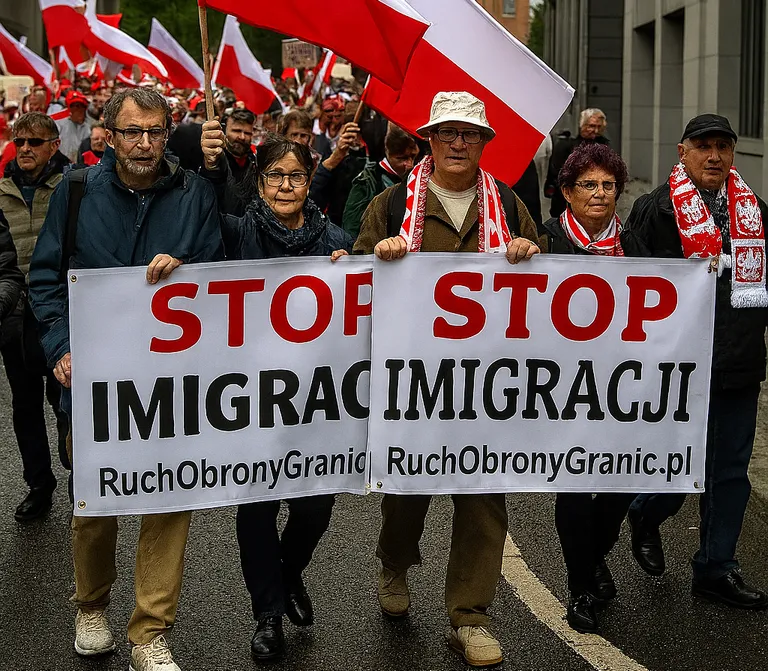Europe is entering a new phase of immigration policy — one marked by tougher rhetoric, stricter border controls, and a shift toward what some leaders are calling a “zero refugee” model.
From Copenhagen to Brussels, politicians across the political spectrum are responding to growing public pressure and a resurgence of nationalist parties by rethinking how the European Union handles undocumented migrants and asylum seekers.
🇪🇺 What’s Changing in European Migration Policy?
European Union officials are currently drafting new rules that would enable sending asylum seekers to third countries — a controversial proposal echoing models used by countries like Denmark, which has pursued a “zero refugee” policy since 2021.
Other major shifts include:
- Increased border enforcement and surveillance, particularly through Frontex, the EU’s border agency
- Rising expulsions and deportations of undocumented individuals
- Stronger alliances with North African countries to prevent departures at the source
📉 Migration by the Numbers
According to preliminary data from Frontex, migration into the EU declined by approximately 20% during the first five months of 2025, continuing a downward trend seen in 2024.
Despite this, certain migration routes — particularly the Libya-to-Greece corridor — remain heavily used by migrants risking perilous sea journeys in hopes of asylum.
🗳️ What’s Driving This Political Shift?
The migration crackdown is largely a reaction to rising voter discontent over the EU’s immigration policies over the last decade — especially after Europe absorbed over one million Syrians, Iraqis, Afghans, and others during the 2015–2016 crisis.
This discontent has helped fuel the rise of:
- Far-right and populist parties across France, Germany, Italy, and the Netherlands
- Increased anti-migrant sentiment in mainstream political platforms
- A broader EU debate about “how much is too much” when it comes to asylum
🌍 Global Repercussions
Europe’s shift on migration may influence policy in other Western nations, including:
- The U.K., which has already tightened asylum policy post-Brexit
- Australia, which has long used offshore processing for asylum seekers
- The U.S., where southern border enforcement remains a hot-button issue
Human rights groups warn that pushing asylum seekers to third countries may violate international protections and expose migrants to unsafe conditions.
🧭 Final Thought
The European Union’s evolving stance on migration reflects deeper tensions about identity, security, and sovereignty in the 21st century. With new rules on the horizon and elections approaching in several member states, the direction Europe takes now will shape the continent’s future — and its moral compass — for years to come.
📊 Key Points Recap:
- EU migration dropped 20% in early 2025, but sea routes remain active.
- Denmark’s “zero refugee” policy is influencing other EU leaders.
- Deportations and third-country transfers are gaining traction.
- Political pressure from far-right populism is reshaping immigration policy.
By ✍️ Yorlinda Ramìrez - MicuPost Team



